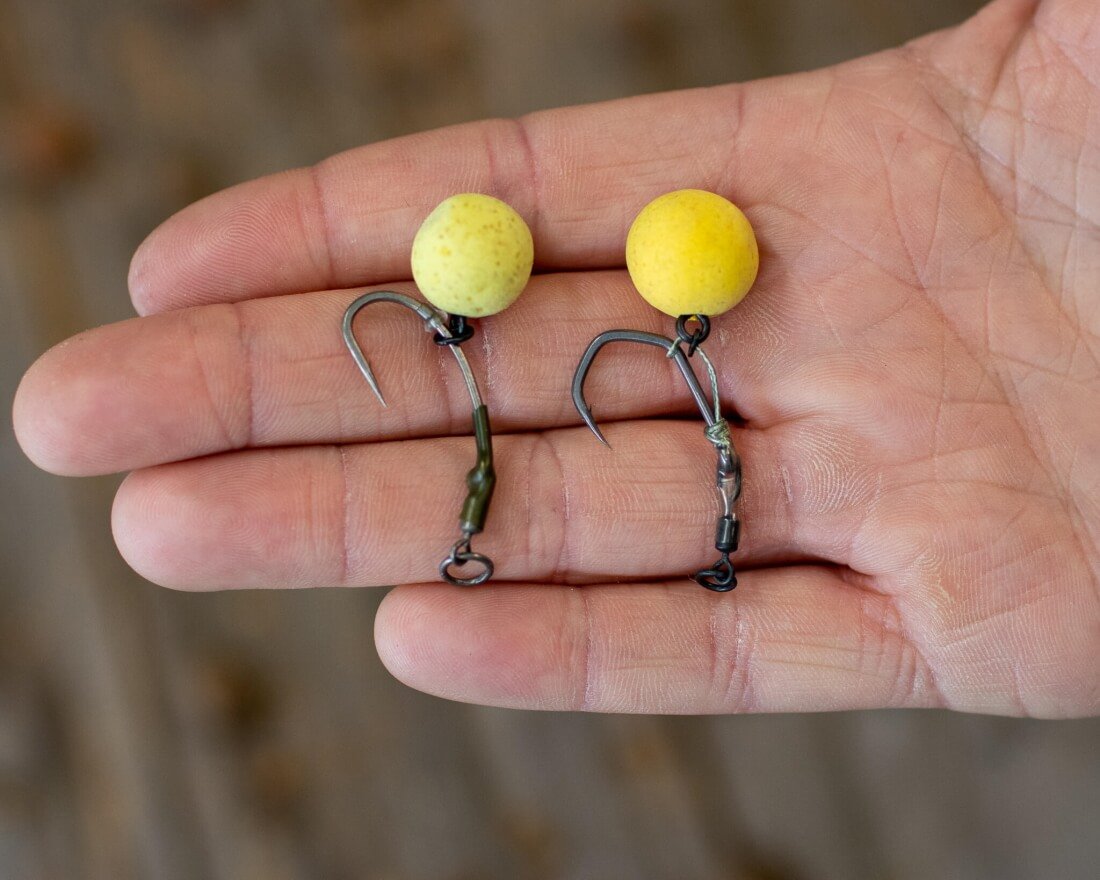Ronnie Rig: The Ultimate Carp Fishing Rig
If you're a carp fishing enthusiast, you've probably heard of the Ronnie Rig. This rig has gained popularity in recent years for its effectiveness in catching carp. In this article, we'll discuss what the Ronnie Rig is, how it works, and why it's so effective. We'll also go over how to tie it and some tips for using it successfully.
What is the Ronnie Rig?
The Ronnie Rig is a type of carp fishing rig that was developed by British angler Ronnie Devo. It's a variation of the popular German rig and consists of a small hook attached to a short length of stiff monofilament, which is then attached to a longer length of softer monofilament or braid. The rig also includes a small piece of shrink tubing or silicone tubing to keep the hook in place.
How does the Ronnie Rig work?
The Ronnie Rig is designed to be fished with a wafter or pop-up bait. The short length of stiff monofilament creates a slight curve in the hook, which helps to create a more natural presentation of the bait. The longer length of softer monofilament or braid allows the bait to move more freely, which can be very enticing to carp.
When a carp takes the bait, the hook is free to move around, which can help to prevent the carp from feeling any resistance and spitting out the bait. The piece of shrink tubing or silicone tubing helps to keep the hook in place and prevent tangles.
Why is the Ronnie Rig so effective?
The Ronnie Rig is a very effective rig for catching carp for several reasons. Firstly, the natural presentation of the bait makes it very enticing to carp. Secondly, the movement of the bait is very natural, which can help to fool even the most wary carp. Finally, the design of the rig allows the hook to move freely, which can help to prevent the carp from feeling any resistance and spitting out the bait.
How to tie the Ronnie Rig
Tying the Ronnie Rig is relatively simple. Here's how to do it:
- Cut a length of stiff monofilament to around 4-6 inches.
- Tie a small size 12 or 10 hook onto the end of the monofilament.
- Cut a length of softer monofilament or braid to around 20-24 inches.
- Tie a loop in one end of the softer monofilament or braid.
- Thread the other end of the softer monofilament or braid through the eye of the hook.
- Slide a piece of shrink tubing or silicone tubing onto the hook and push it up to the eye of the hook.
- Tie a loop in the end of the stiff monofilament and attach it to a swivel or quick-change clip.

Tips for using the Ronnie Rig
Here are some tips for using the Ronnie Rig successfully:
- Use a wafter or pop-up bait to create a more natural presentation.
- Fish the rig on a slack line to allow the bait to move freely.
- Try different lengths of stiff monofilament to create different curvatures in the hook.
- Experiment with different sizes and shapes of bait to find what works best.
- Pay close attention to the rig while fishing to make sure it's presenting the bait correctly.
Conclusion
The Ronnie Rig is a highly effective carp fishing rig that has become increasingly popular in recent years. Its unique design and natural presentation of bait make it a favorite among carp anglers. By following the tips outlined in this article and experimenting with different bait and rig configurations, you can increase your chances of catching more carp with the Ronnie Rig.
FAQs
How does a Ronnie Rig work?
The curved hook shank and shrink tube kicker on a Ronnie Rig create a natural angle that helps to increase hooking potential. The swivel and hook bead also help to create a blowback effect, which can increase hooking potential even further.
What type of hook should I use for a Ronnie Rig?
A size 4 or 6 wide gape hook is typically used for a Ronnie Rig. Some anglers also prefer to use a curved shank hook for added hooking potential.
What materials do I need to make a Ronnie Rig?
To make a Ronnie Rig, you will need a curved hook shank, a shrink tube, a swivel, a hook bead, a hooklink, and a hook.
Can I use a Ronnie Rig in all fishing situations?
The Ronnie Rig can be effective in a variety of fishing situations, although it may be less effective in heavily weeded areas where the rig can become snagged. As with any fishing rig, it's always a good idea to experiment with different techniques to see what works best in your particular fishing spot.



